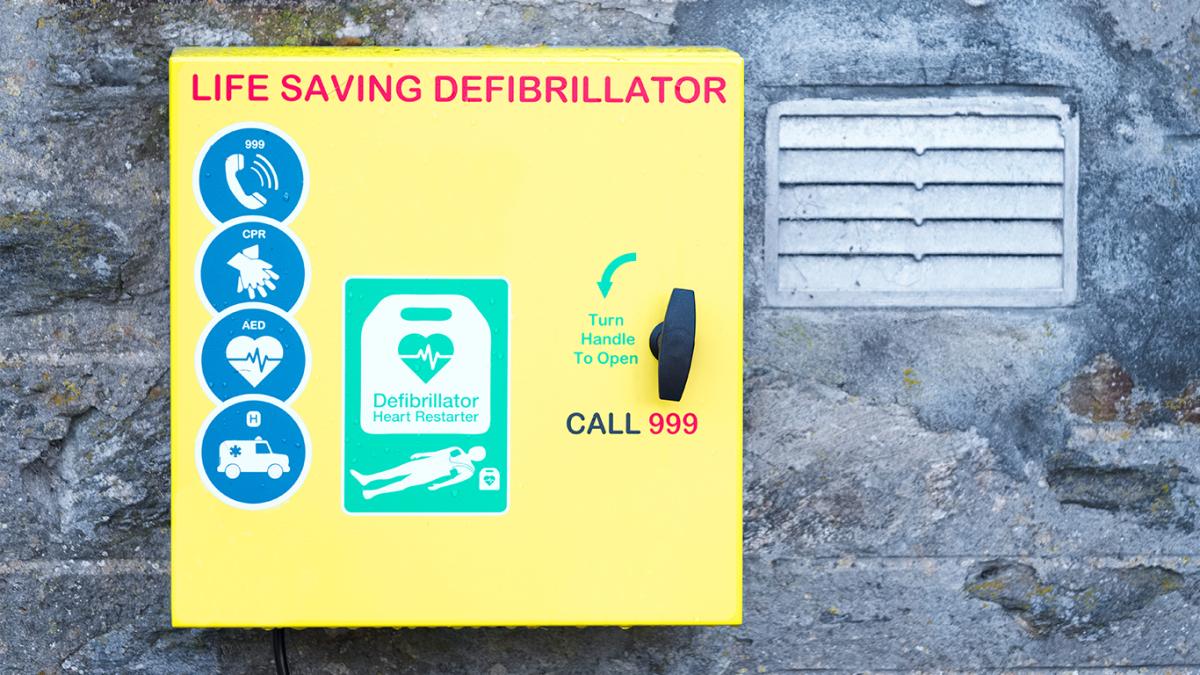Resuscitation Council UK has updated its guide to Automated External Defibrillators (AEDs), now rebranded as Public Access Defibrillators: A Guide for Communities.
This refreshed resource supports national efforts to improve access to defibrillators and provides practical guidance for anyone responsible for a device in their community. It has been designed to help individuals, communities, and organisations ensure that their device is installed, maintained, and emergency rescue ready.
The guide includes clear, accessible information on:
- How defibrillators work
- When and how to use them
- What to consider when purchasing and installing a device
- The importance of registering defibrillators on The Circuit, the national defibrillator network
- Legal considerations for providing a defibrillator in a public setting
Each year in England, around 100,000 people experience a sudden cardiac arrest. Of these, ambulance services attempt resuscitation in approximately 30,000 cases. The gap is largely due to delays in recognising that someone is in cardiac arrest - for example, if a person collapses when no one is around - and in starting CPR before emergency services arrive.
Improving access to defibrillators, and building public confidence in their use, has the potential to save thousands of lives. When used alongside high-quality CPR, early defibrillation more than doubles the chance of survival.
Together, we can increase survival rates from cardiac arrest and help ensure everyone across the UK is better prepared to respond to the ultimate medical emergency.
